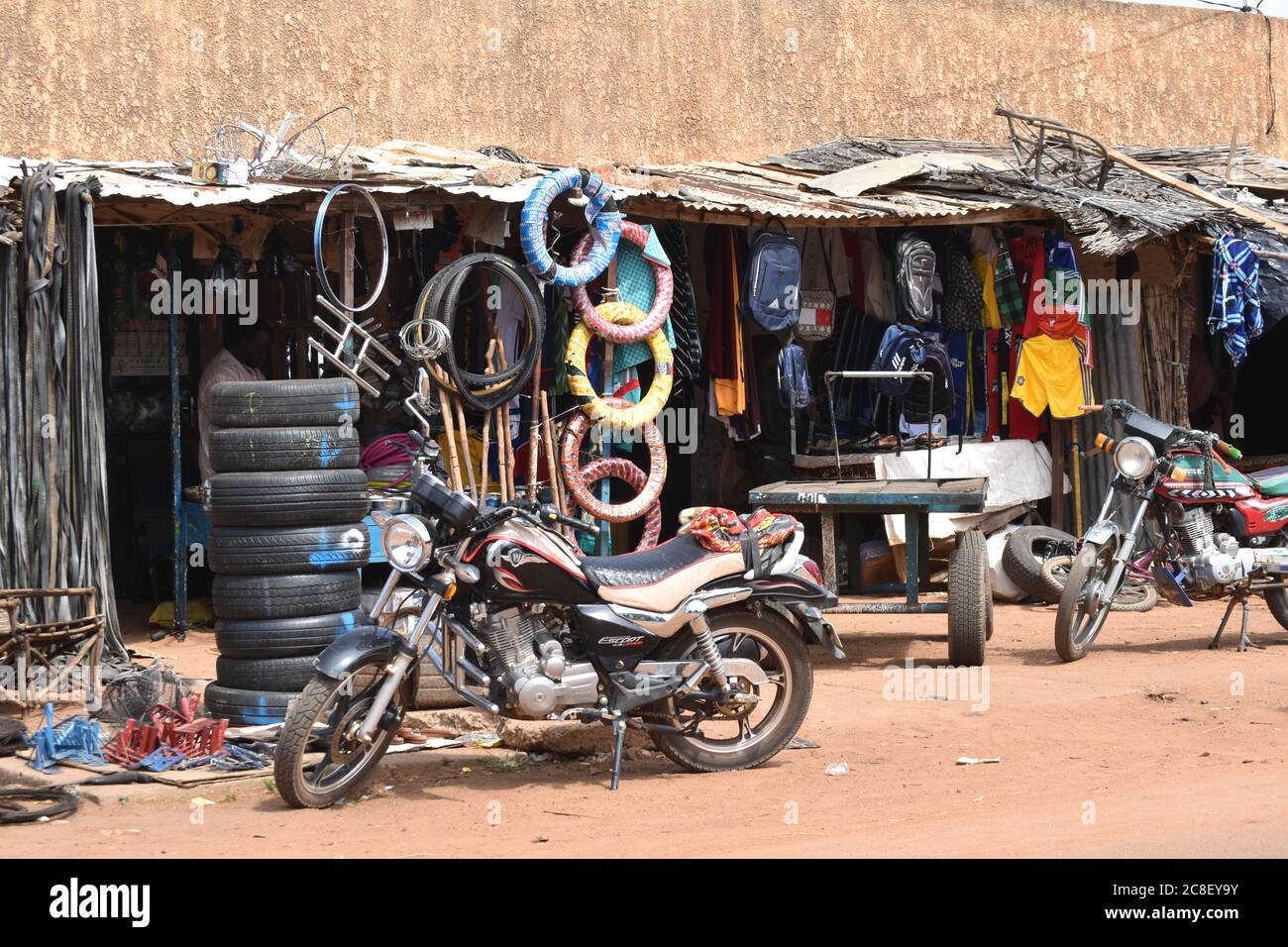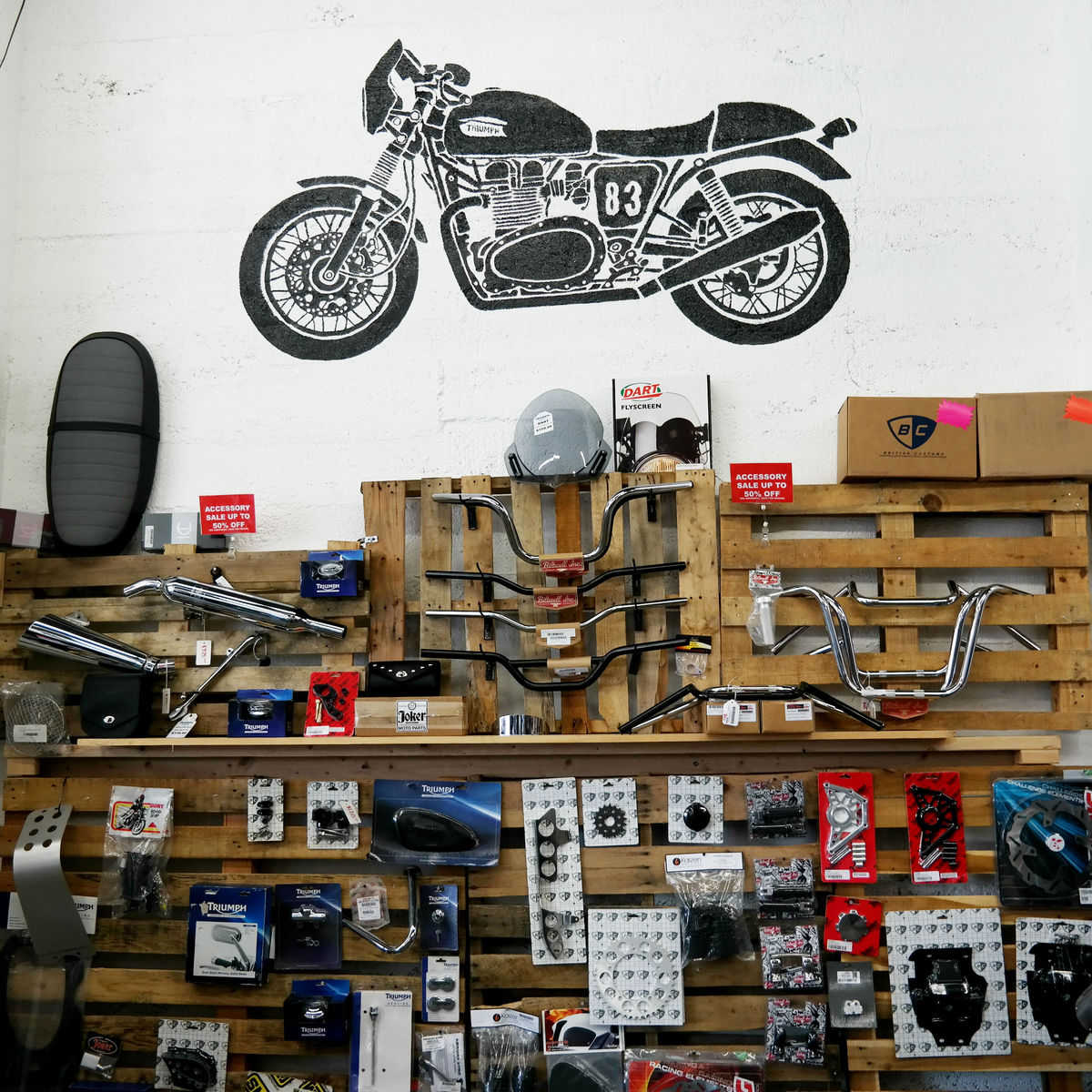Shop the very best MX Parts NZ for Your High-Performance Bike
Shop the very best MX Parts NZ for Your High-Performance Bike
Blog Article
Understanding Motorbike Gears: How to Optimize Your Riding Experience
In the world of motorcycling, grasping the art of gear manipulation is essential for enhancing your riding performance. Correctly comprehending and making use of motorbike gears can substantially influence acceleration, fuel, and control performance, changing an average trip right into a seamless, electrifying trip. By integrating specific change timing and adapting equipment option to various road problems, riders can make sure optimal engine efficiency and safety and security. The nuances of clutch control, throttle sychronisation, and gear technicians beckon a deeper expedition, promising to open the complete capacity of your maker. Exactly how can these methods be utilized to truly enhance your riding experience?
Understanding Equipment Mechanics
At the core of bike characteristics, equipment technicians play an essential role in transforming engine power into activity, inevitably determining speed and control. The gear ratios, carefully designed, establish the connection between engine revolutions and wheel turns, affecting velocity and fuel performance.
Understanding equipment technicians begins with identifying the importance of the transmission, which houses numerous equipments of varying dimensions. These gears connect through a process understood as meshing, where teeth of various gears engage to transfer power.
In addition, the principle of gear moving is essential to maximizing efficiency. Smooth and timely shifts guarantee that the engine operates within its optimum power band, protecting against unneeded pressure and boosting long life (motorbike shop). By understanding these mechanical details, motorcyclists can attain a harmonious mix of control, efficiency, and power, raising their riding experience
Timing Your Shifts
Change timing proficiency is vital for maximizing bike efficiency and enhancing the riding experience. Appropriately timed changes guarantee that the engine operates within its optimum power band, which is vital for maintaining control, attaining smooth acceleration, and making certain the longevity of the motorbike. Riders need to create an user-friendly feeling of when to change gears, which entails comprehending the connection in between engine revolutions per minute (RPM) and speed.
To understand change timing, pay close focus to the engine's noise and really feel, as these offer vital ideas concerning when to transform equipments. The suitable shift factor typically happens when the engine comes close to the upper variety of its power band without getting to the redline. Moving as well early can bring about an absence of power, while shifting too late might cause unnecessary engine stress
Furthermore, roadway problems and riding design influence change timing. As an example, in city setups, smoother and more frequent changes may be needed to browse traffic efficiently. On the other hand, during highway riding, fewer changes at greater rates can be better suited. Practicing in different environments will boost your capacity to time changes specifically, inevitably raising your riding experience to a specialist level.
Enhancing Fuel Efficiency
While YOURURL.com understanding motorcycle equipments is important for performance, enhancing fuel performance is similarly vital for both environmental and financial factors. Optimum gas intake not only decreases operational prices but likewise decreases the environmental impact of riding. To achieve this, one need to recognize the detailed relationship between gear choice and engine performance.
Riding in a greater equipment at reduced speeds can lead to engine hauling, which is detrimental to both fuel economic climate and engine health. On the other hand, riding in reduced equipments at high speeds results in unnecessary gas usage.
In addition, regular maintenance plays a crucial role in fuel efficiency. Making certain that the motorbike is well-tuned, with tidy air filters and effectively pumped up tires, can improve the rules of aerodynamics and reduce gas wastefulness. In addition, taking on a riding design that welcomes progressive acceleration and smooth slowdown can add to much better gas economy.

Methods for Smooth Transitions
Attaining smooth equipment changes is basic to improving the riding experience and making sure the long life of a bike's transmission system. Correct gear moving not just adds to a seamless experience but likewise decreases wear and tear on the mechanical parts. To understand the art of smooth transitions, motorcyclists should focus on a couple of key methods.

Secondly, clutch control plays a crucial role. Engaging and disengaging the clutch efficiently calls for technique. The clutch lever need to be launched slowly, enabling a seamless transfer of power from the engine to the wheels without Find Out More triggering a jolt or sudden activity.

Adjusting to Roadway Conditions
Navigating diverse roadway conditions is a vital ability for any type of motorcyclist aiming to keep control and security. Whether you're riding on wet surfaces, crushed rock roadways, or browsing sharp turns, your ability to adjust your equipment use and riding strategy is extremely important. Comprehending how to readjust your equipments appropriately can considerably affect traction and stability, making certain a much safer journey.
In comparison, when riding on crushed rock or unequal surface, lower gears are preferable. Lower equipments give better control and enable you to react even more promptly to unexpected adjustments in the road surface area.
Sharp contours require precise equipment monitoring to balance rate and control. Downshifting before getting in a curve can assist maintain energy while making certain the bike remains secure throughout the turn. Consistent practice in different problems boosts your capability to respond and forecast to adjustments in roadway appearance and incline.
Verdict
Grasping bike gears dramatically enhances the riding experience by enhancing control, acceleration, and fuel performance. Adapting gear choice to various road problems, such as making use of higher equipments on wet surface areas and lower gears on gravel, further enhances handling and safety and security.
Recognizing equipment auto mechanics begins with recognizing the significance of the transmission, which houses several equipments of varying sizes. These gears interact via a process understood as meshing, where teeth of different gears involve to send power (motocross gear nz). Gentle modifications to the throttle during gear shifts can prevent jerky motions and preserve a regular riding speed
Whether you're riding on wet surface areas, crushed rock roads, or browsing sharp turns, your capability to motor helmet shop near me adjust your gear use and riding method is paramount. Adjusting gear choice to various road problems, such as utilizing greater gears on damp surface areas and lower equipments on gravel, additional enhances handling and security.
Report this page